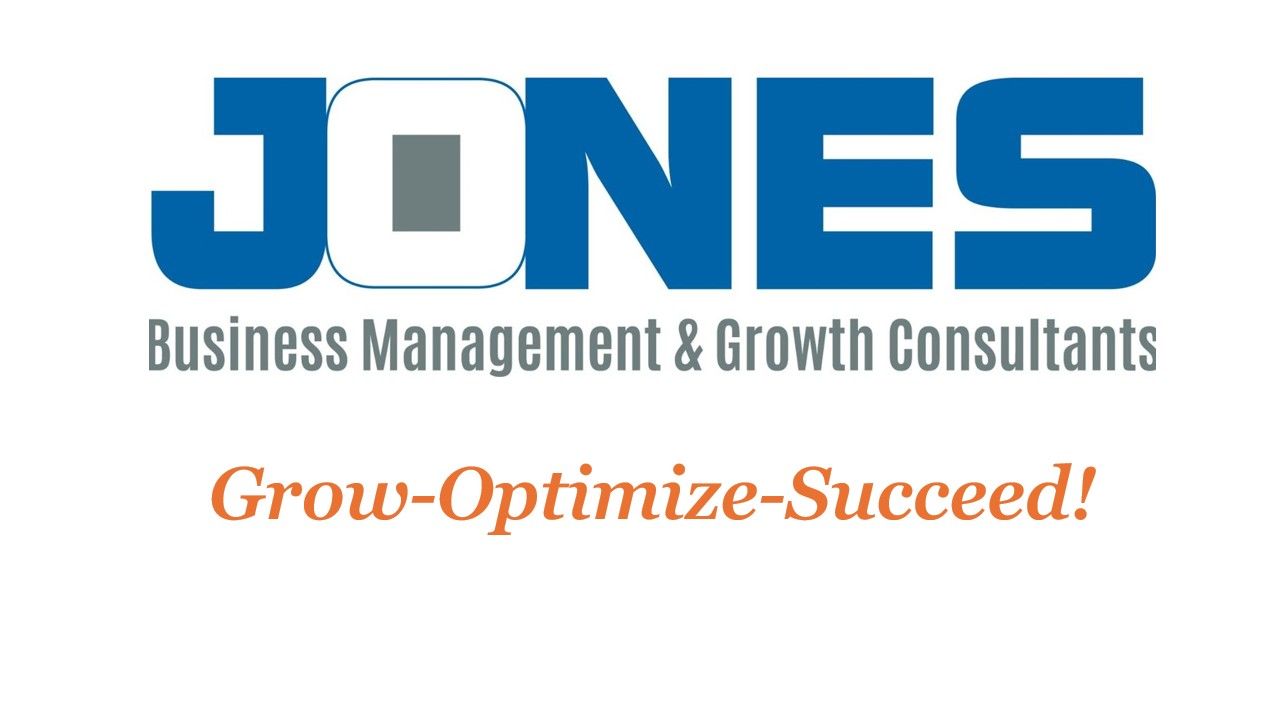How to Stop Babysitting Employees and Start Leading Them
The Problem Is Not the Labor Market, It Is Leadership

I hear it all the time: “People don’t want to work anymore.” That excuse is poison. It lets you shift the blame onto your crew instead of looking in the mirror.
The truth is, if you feel like you are babysitting employees, it is not because today’s labor force is lazy. It is because your leadership is weak.
Babysitting Is Not Leading
Babysitting means you are constantly putting out fires, chasing people to do the job right, and hovering over their shoulder. That is exhausting and it keeps you stuck in the truck.
Leading means you set clear expectations, you create processes that remove confusion, and you hold people accountable without micromanaging. A leader builds a team that knows what “done right” looks like and takes pride in hitting that standard.
Where Owners Go Wrong
- No clear job roles written down.
- No processes or SOPs showing what a quality job looks like.
- No accountability when someone drops the ball.
- Overreacting to every mistake instead of training and coaching.
When you run a business this way, it does not matter who you hire. Even your best people will underperform because there is no system to succeed in.
The Leadership Shift
You do not need to be liked, you need to be respected. Respect comes from clarity, consistency, and follow-through. When your team knows you mean what you say, they stop testing boundaries and start stepping up.
That is when you stop babysitting and start running a business.
Where to Learn More
If you are ready to quit blaming the labor market and start leading your crew the right way, join my G.Y.S.T. Academy on Skool. Inside, we focus on leadership, accountability, and the systems that take you out of the field and put your team in the driver’s seat.
👉 Join the Skool community here and learn how to build a team you can actually trust.










